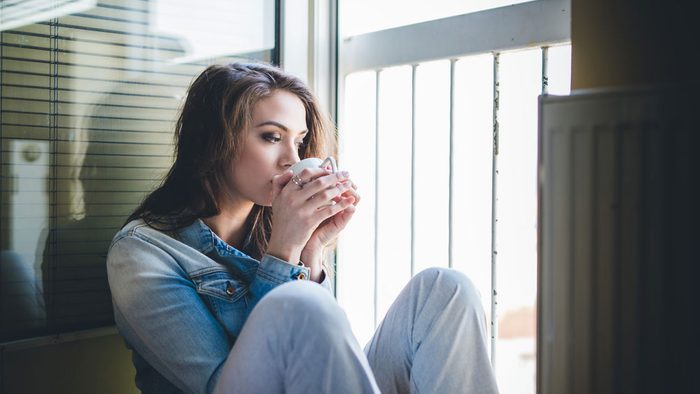
Is your home making you anxious?
Lack of outdoor light or even just a space you find stressful, the home can affect our health and well-being, especially anxiety. To find out what makes a home an unhealthy environment and what we can do about it, we chatted with Jessica Helps, founder Wolfe ID, an interior design company.
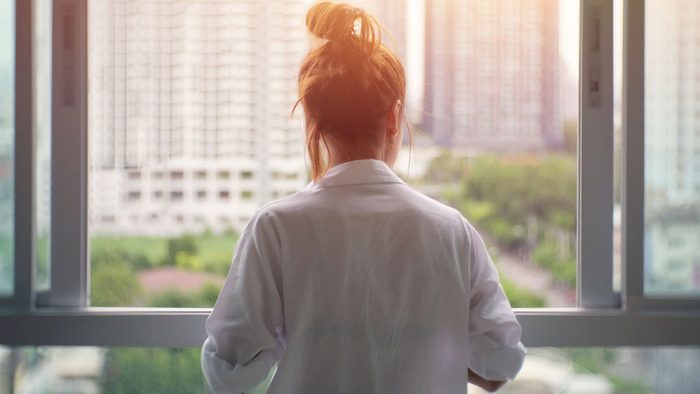
Home Sick: Unhealthy environment
What makes an environment unhealthy? It is a layered issue.
The decor expert says: “An unhealthy interior environment is one in which we ultimately don’t feel good spending time in,” says Helps matter-of-factly. “This could be an environment where the air and water quality is poor, there are bad smells, the acoustics are irritating or the lighting design is mismatched for the function of the space. Other design elements, which can have negative effects on our health, are the quality of furniture pieces and their arrangement. Humans feel uneasy in crowded environments, sitting in furniture which is uncomfortable or facing away from areas of high traffic. All these can lead to raised levels of stress and distraction. Lack of natural light, living greenery or natural elements are generally large indicators of unhealthy interiors.”
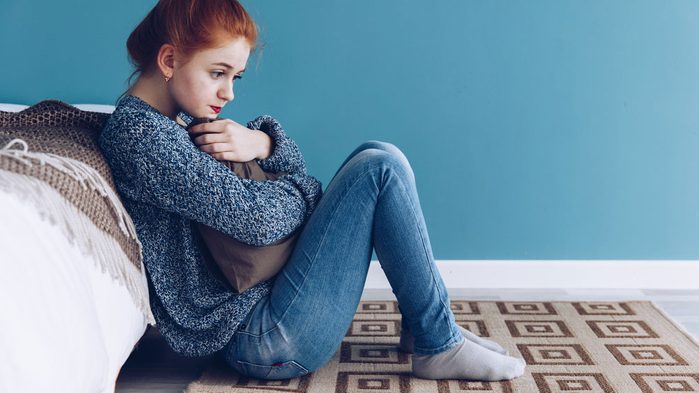
Home Sick: The connection of our psychology and our environments
The effects of our environment aren’t just physical. They can also affect our mood and feelings.
The decor expert says: “All interior design elements – such as colour, texture and pattern – affects how we feel on a biological and psychological level as our brains secrete neurochemicals as we experience our built environments,” says Helps. She adds: “For example if we interpret a space to be relaxing and calming, our bodies can release [of the neurotransmitter] GABA, which can help reduce anxiety. If we enter a very dynamic space with angular volumes, loud acoustics, bright lights and vibrant colours we can become exited and stimulated and even secrete adrenaline which causes our bodies to be on high alert. We also interpret our surroundings through veils of personal experience, cultural influence and various social factors.”
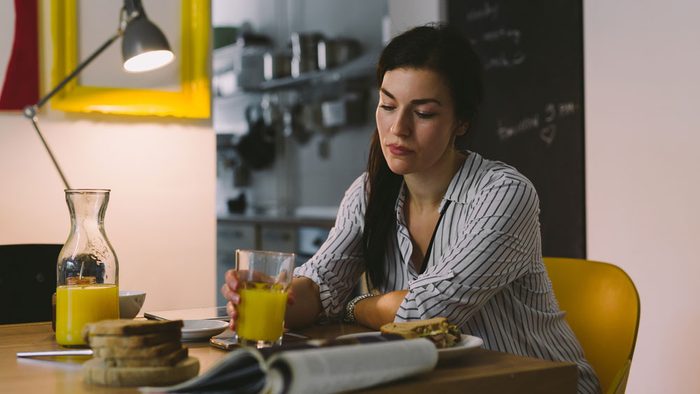
Home Sick: Cues about the home you live in
Is your home healthy? Helps offers insight into what she sees in clients’ houses as signs of a healthy home
The decor expert says: A kitchen with a reverse osmosis water filter built in to the cabinetry shows concern about water quality water, says Helps. Acoustically treated ceiling panels is about minimizing noise and creating an environment of social connectivity where people can eat and converse easily. When she see a food prep area with anti-microbial counter tops, built-in planters for herbs and family-sized fridges, the space was built for cooking, cleaning and optimal well-being.
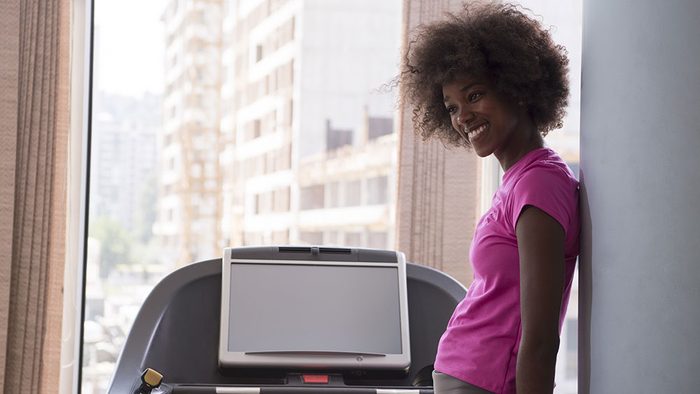
Home Sick: A motivating home gym
Exercise has been shown to help improve anxiety. So, can you make your home gym one that encourages and inspires you to work out? Helps thinks so. And that has a direct impact on your physical and mental health.
The decor expert says: You will want to strike that balance of energizing and motivating while also being spa-like and inspirational, says Helps. “Natural light is incredibly important for personal motivation,” adds Helps. “If you are in the planning stages of a home, try to orient the gym view to face out onto a green or inspiring view. Many people tuck their gym away in their basement but I encourage my clients to make the gym more of a home feature. Loving how your home gym looks and feels can not only increase your work out energy but also the frequency of your work outs and hiding your gym in the basement makes it much easier to ignore.”
Best Health tip: “Use indirect lighting,” says Helps. “Find ways to create ambient lighting on the walls or use ceiling fixtures which won’t blind you when you look up during a bench press or cobra pose.”
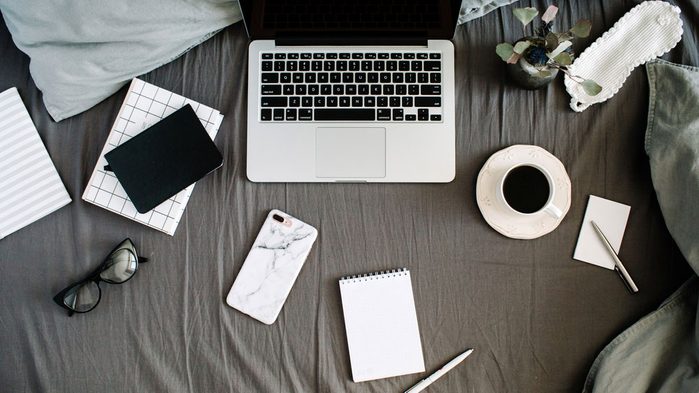
Home Sick: Work stress from the home office
While there is no denying the convenience of working at home, there is the issue of always bringing work home with you. But a few design tricks should fix any issues.
The decor expert says: Make it an enjoyable space with things you like – that aren’t distracting. “Work spaces have undergone immense transformation over the last 10 years,” says Helps. “We have blown out the board rooms and cubicles for communal spaces and fun friendly design, however, not every office should have a jungle gym and bean bag chairs.” You will have to figure out what kind of environment makes you productive and not stressed out.
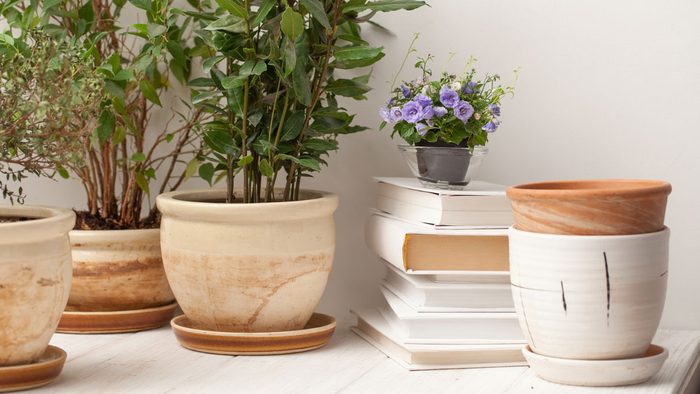
Home Sick: It’s all in the healthy details
Helps created a list of finishing touches that can make your home – and you – healthier.
The decor expert says: Make the most important room (the kitchen) and space you love to be in, add some plants and make lights a priority.
“Design a beautiful kitchen – one you can actually cook in and a make sure there’s space for a dining table. Families who cook and eat together at home are found to be less overweight, have better academic and work performances and run into less trouble with substance abuse issues.
“Add greenery – plants not only help filter air, they add life and freshness to any space raising happiness levels. The market is filled with many new ways to grow your greens on walls, plant in decorative stands and hang you’re your ceilings. I also recommend doing some of your own gardening, which is shown to dramatically reduce stress and improve your mood by decreasing your cortisol levels.
“Lighting control – Increase your natural light during the day and get better sleep by designing a perfectly dark sleeping caveat night. Install blackout blinds for your bedroom windows which have side valances, reducing all light leaks when lowered. Make sure to add dimmer switches to all lighting fixtures and dim lights in the evening. Lowered lighting levels allow your brain to naturally secrete serotonin which starts the relaxation process before bed time.”
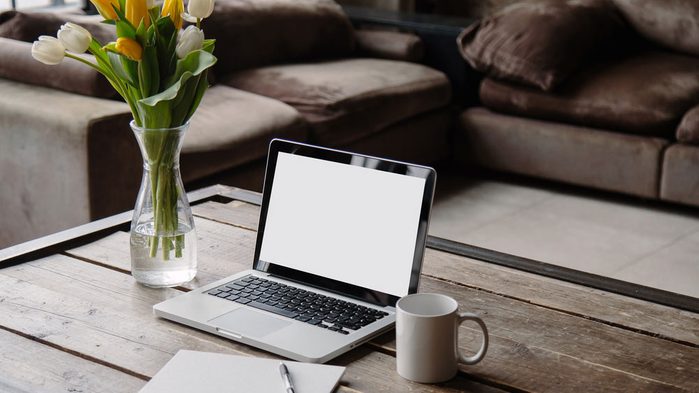
Home Sick: Texture is completely underrated
Don’t underestimate the power of textures in your home. And Helps isn’t talking about wool or ceramic. Bring textures from nature into your home.
The decor expert says: “Adding natural finishes and green elements to a space is incredibly easy and massively impactful to our psychology,” says Helps. “By adding a couple easy to care for plants into a space you can instantly improve air quality and your mood.”
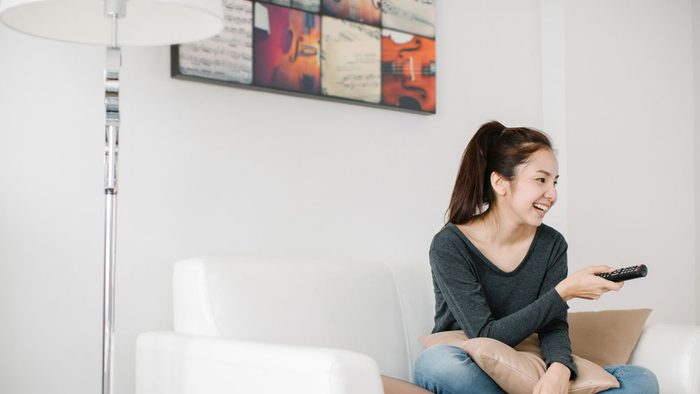
Home Sick: If you do one thing to your home, do this
Focus on good lighting, says Helps. It will change your outlook – and change your life.
The decor expert says: “Hands down, the largest mistake is under valuing the importance of a well thought out lighting design,” says Helps. “When you enter a space and it feels good to you, chances are the lighting is directly responsible. Lighting levels drastically change environments and how we feel within them.”
Light can leave you feeling invigorated and energized. But it can also make you calm and recluse. And, if your lighting is doing the opposite of what you need, it could even prevent your body from naturally getting sleepy.
“To create a restorative and calming space, choose lighting fixtures with a warmer colour temperature, emulating a sunset which give of more of a diffused glow and have a dimming function and relaxing effect,” says Helps. “This type of lighting is not inspiring for an office or work environment where you’d want to be productive.”
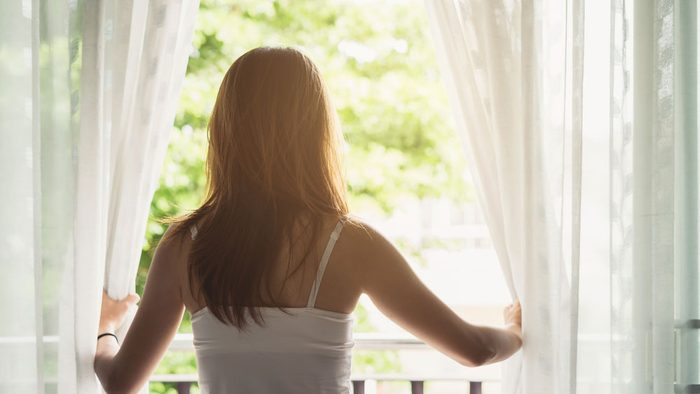
Home Sick: Give yourself room to breathe
A room that is roomy feels good. Here is how Helps says to achieve spacious decor.
The decor expert says: Helps has a quick checklist of items that will make the inside of your home appear bigger than it is.
• “Keep the space as bright and light as possible with lighter wall finishes which help bounce natural light.”
• “Add reflective finishes and wall treatments like mirror for optically larger room dimensions.”
• “Hide your clutter in storage units. Spaces with less on display reduce visual complexity and feel larger.”
• “Keep your floors mid-toned. Darker floors visually decreases the width of your space making it feel smaller than it actually is.”
• “Raise the height of your ceilings if possible. The higher the ceilings the larger the space feels.”

Home Sick: Home is where the heart is
If Helps’s tips don’t have you looking at your home in a different way, then she has this last thing to say. Your home is like your body, you have to take care of it to reap the benefits of it.
The decor expert says: “People who invest in properly designing their space, are shown to feel a sense of pride and have raised happiness and confidence levels,” says Helps. “If you find yourself living in unfinished space with bare walls and outdated furniture, studies show this can add to increased feelings of depression and stress. Therefore not only can your space be designed to be healthy but act of having your space be properly designed and finished is also a practice which improves your daily health and well-being.”
